Apple Tree
- September 11, 2023
- 0 comment
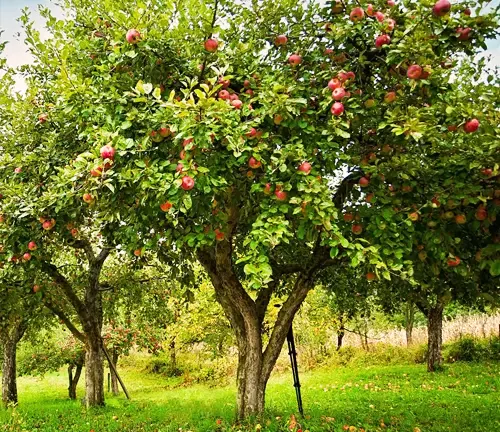
The apple tree, scientifically known as Malus domestica, is a deciduous tree that has long been revered for its historical, cultural, and nutritional significance. Belonging to the rose family (Rosaceae), this fruit-bearing tree is characterized by its graceful branches, blossoming flowers, and, of course, the delicious apples it produces. Apple trees are cultivated globally, with numerous varieties that vary in size, flavor, and color. The lifecycle of an apple tree begins with the emergence of delicate blossoms in spring, which, when pollinated, transform into small, green fruits.
As the apples mature, they develop their distinct hues, from vibrant reds to muted greens and yellows, depending on the cultivar. Orchards carefully tend to these trees, providing the necessary conditions for optimal growth. Beyond their visual appeal and taste, apples are a rich source of nutrients, including dietary fiber, vitamins, and antioxidants. Additionally, apple trees hold cultural significance, featuring prominently in folklore, art, and literature throughout history. Their versatility extends beyond the fruit itself, as apple wood is often used in various crafts.
The enduring appeal of the apple tree lies not only in its tangible contributions but also in the symbolism it carries, representing everything from temptation to health and vitality. Moreover, apple wood is valued for its durability and distinctive grain. It is often used in carpentry, turning, and other woodworking projects. This adds another layer to the tree’s contribution, as it becomes a sustainable resource beyond its role as a fruit bearer. Apple tree is not just a fruit-bearing plant; it is a symbol of cultural significance, a source of nutrition, and a natural wonder in its life cycle. Its enduring popularity lies not only in the delectable apples it produces but also in the rich tapestry of history and tradition it weaves into our lives.
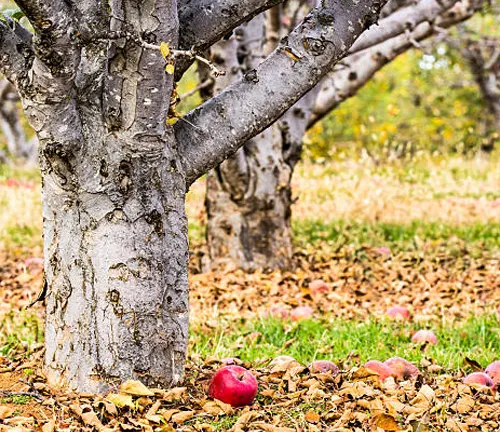
| Characteristics | Description |
| Scientific Name | Malus domestica |
| Family | Rosaceae |
| Type | Deciduous Tree |
| Height | Varies widely by cultivar, generally 15-30 feet |
| Leaves | Green, alternate, serrated edges |
| Flowers | Blossoms in spring, ranging from white to pink |
| Fruit | Apples, variable in size, color, and flavor |
| Growing Conditions | Temperate climates, well-drained soil, full sunlight |
| Harvest Time | Late summer to autumn, timing varies by region and cultivar |
| Storage Life of Fruit | Can be stored for several months under proper conditions |
| Pollination | Bees and other pollinators are essential for fruit set |
A Brief History
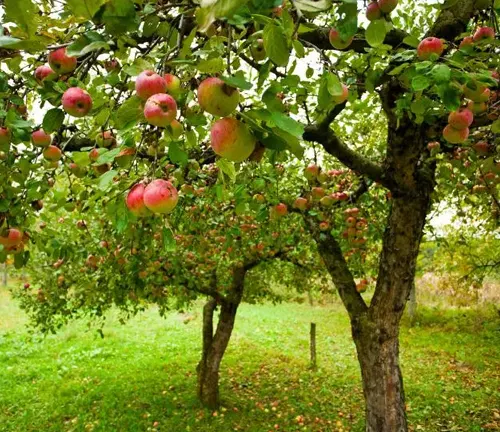
The historical journey of the apple tree begins in the rugged terrain of Central Asia. As traders and travelers traversed the Silk Road, they carried with them the seeds of the apple tree, spreading its cultivation across the ancient world. From the mythological Gardens of Babylon to the sacred orchards of Ancient Greece, the apple tree became not just a source of sustenance but a symbol in tales of creation and temptation.
Color/Appearance
In spring, apple orchards transform into a breathtaking spectacle with the arrival of blossoms. The white and pink hues create a picturesque scene, drawing both human admirers and essential pollinators. As the seasons progress, the leaves undergo a vibrant transformation, casting a kaleidoscope of colors in the orchard. This ever-changing palette is a testament to the tree’s dynamic interaction with the environment.
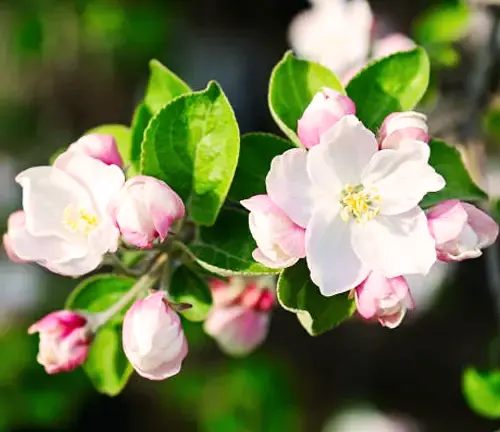
Life Cycle
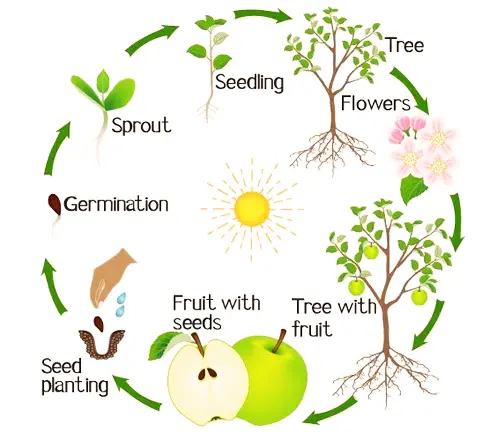
The life cycle of the apple tree is a poetic narrative that unfolds with each passing season. Spring initiates the overture with the blossoming of delicate flowers, followed by the quiet crescendo of fruit development in summer. The finale arrives in late summer or autumn, as orchardists carefully harvest the mature fruit, marking the culmination of a rhythmic, cyclical dance with nature.
Adaptability and Resilience
From the frigid landscapes of Scandinavia to the sunny expanses of orchards in the Southern Hemisphere, the apple tree showcases remarkable adaptability. Its ability to thrive in varied climates has made it a staple in cultures worldwide. Resilient to fluctuations in temperature and soil conditions, the apple tree symbolizes nature’s capacity for adaptation and endurance.
Ecological Importance
Beyond the orchard’s boundaries, apple trees contribute to the ecological tapestry. Orchards provide habitats for a range of species, from insects attracted to blossoms to birds finding refuge in the branches. As leaves fall and decompose, they enrich the soil with organic matter, fostering a sustainable and interconnected ecosystem.
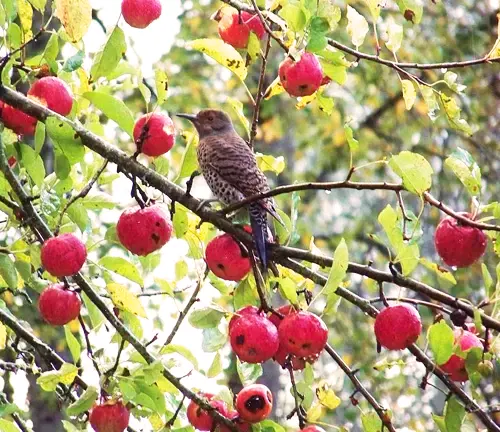
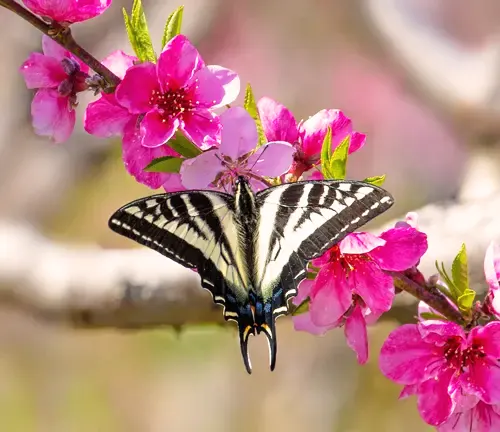
Common Varieties of Apple Tree
Red Delicious
The Red Delicious apple tree is known for its striking appearance and sweet flavor. Its glossy red skin and distinctive conical shape with five bumps at the base make it easily recognizable. Thriving in well-drained soil, these trees are typically ready for harvest in the fall. While its popularity has faced some challenges due to evolving taste preferences, the Red Delicious remains an enduring and iconic presence in orchards, appreciated for its historical significance and widespread recognition.

The Early Harvest apple tree is a cultivar of apple (Malus domestica) that is known for its early ripening fruit. The apples are typically ready to harvest in late July or early August, depending on the climate. Early Harvest apples are medium-sized, round, and have a yellow-green skin. The flesh is white and juicy, with a tart flavor. Early Harvest apples are good for both fresh eating and cooking.
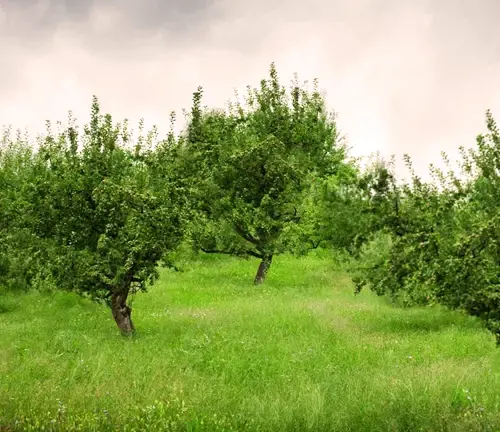
Granny Smith
Granny Smith apples are famous for their crisp, green skin and tart, refreshing flavor. They hold their shape well when cooked, making them a popular choice for pies, crisps, and other baked goods. Their tartness also balances out the sweetness in salads.
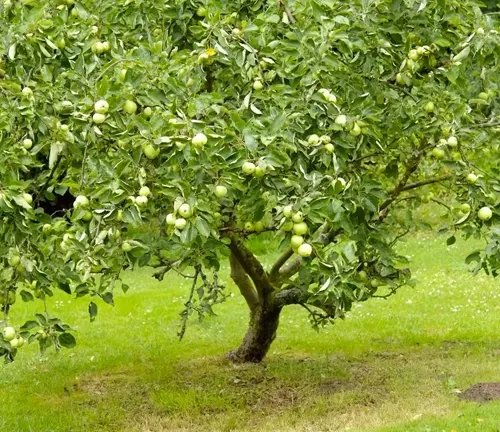
Honeycrisp
Honeycrisp apples are celebrated for their exceptional crispness and a burst of sweet, juicy flavor. They are a favorite for eating fresh, as their texture is both crunchy and succulent. These apples are often considered one of the best choices for snacking.
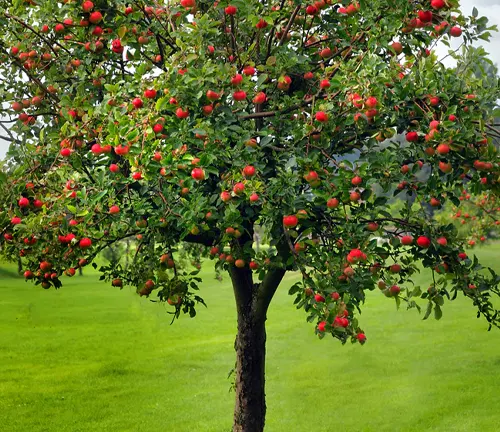
Fuji
Fuji apples are originally from Japan and are known for their sweet, firm flesh. They typically have a pale red or pink blush over a yellow-green background. Fuji apples are versatile and can be enjoyed fresh, sliced into salads, or used in baking.
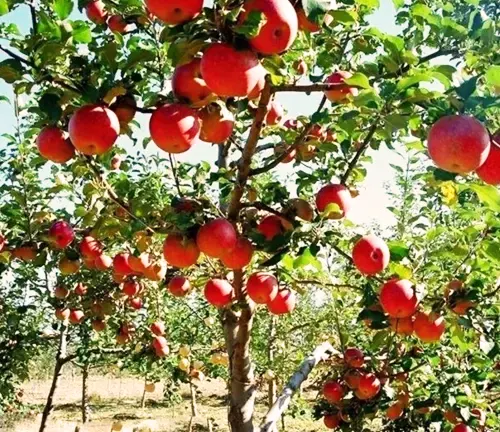
Gala
Gala apples are recognized by their thin skin, sweet flavor, and aromatic qualities. They have a pleasant, mildly sweet taste with a hint of pear-like undertones. Gala apples are excellent for fresh eating and are often included in fruit salads.
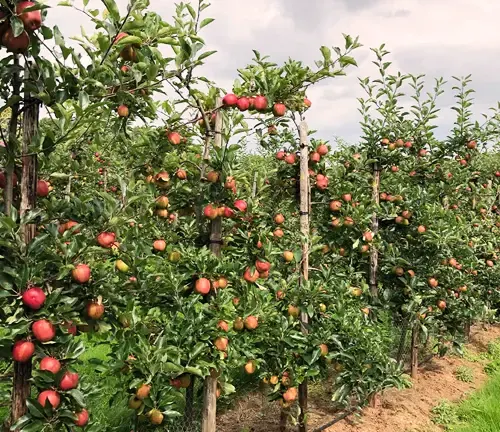
Golden Delicious/Yellow Delicious
These apples are characterized by their golden-yellow skin and sweet, honey-like flavor. They maintain their shape well when cooked, making them ideal for pies, tarts, and applesauce. Golden Delicious apples are also enjoyed fresh.
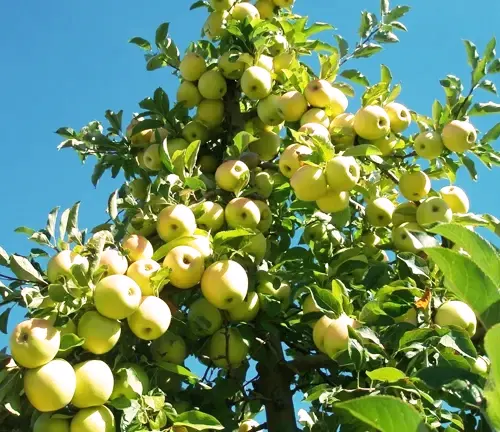
Cortland
Cortland apples are similar in appearance to the McIntosh variety, with bright red skin and white flesh. They are known for their crisp, juicy texture and slightly tart flavor. Cortland apples are excellent for salads, as they resist browning when sliced.
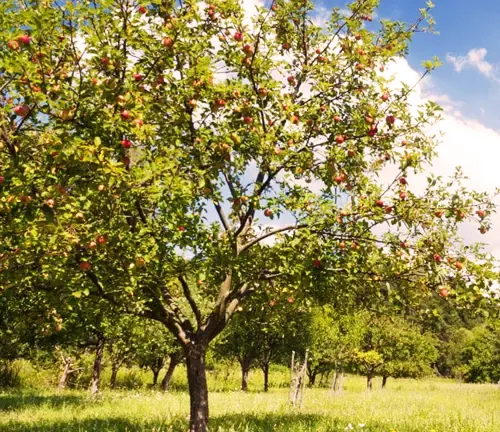
Braeburn
Braeburn apples have a distinctive combination of sweet and tart flavors, with a firm and crisp texture. They are suitable for fresh eating and are often used in baking to add a pleasant tartness to pies and crisps.
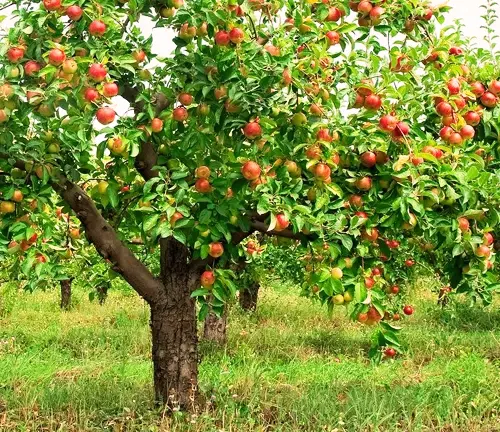
Jonagold
These apples are a hybrid of the Jonathan and Golden Delicious varieties. They offer a unique balance of sweetness and tartness, along with a crisp texture. Jonagold apples are versatile and can be enjoyed fresh, in salads, or used for baking.

McIntosh
McIntosh apples have tender flesh and a mildly tart flavor with a hint of sweetness. They are popular for making applesauce and cider due to their ability to break down easily when cooked. McIntosh apples are also enjoyed fresh.

Culinary Applications
The culinary journey of apples is a saga of taste and texture. Whether enjoyed fresh, baked into pies, pressed into cider, or transformed into sauces, apples are a culinary chameleon. The diversity of apple varieties allows for a wide range of flavors, from the crisp and sweet to the tart and juicy. Chefs and home cooks alike celebrate the apple’s versatility in crafting both sweet and savory dishes.
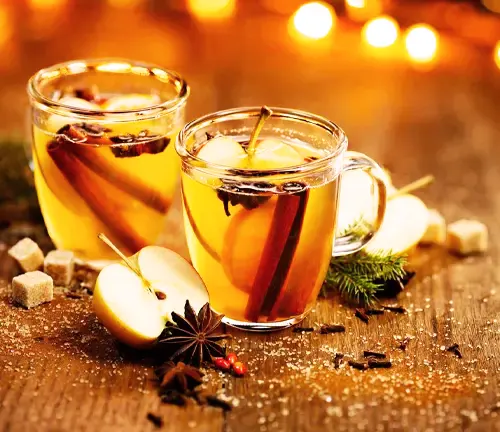

Wood Products and Applications
The legacy of the apple tree extends to its wood, prized for its unique characteristics. Apple wood, dense and finely grained, is favored by woodworkers for crafting furniture and artisanal items. The distinct aroma of apple wood, often used in smoking meats, adds another layer to its contribution beyond the orchard.

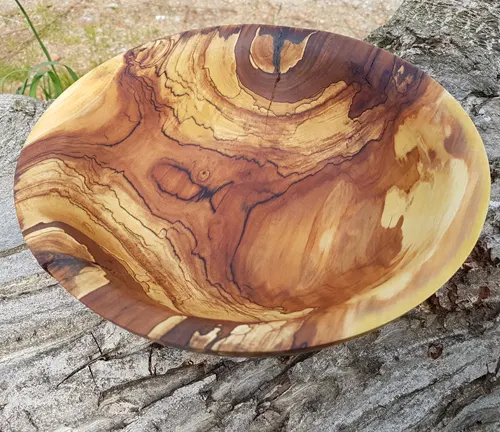
Cultivation and Care
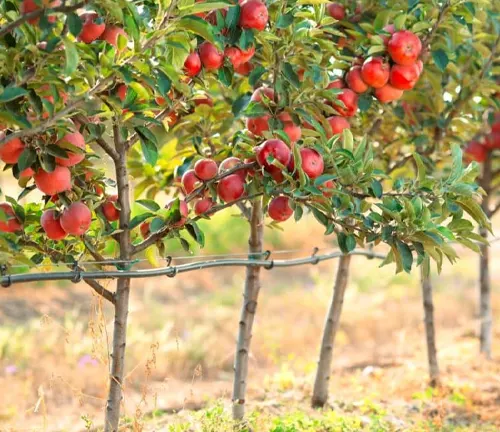
The cultivation of apple trees is an art as much as it is a science. Orchardists carefully tend to the trees, employing pruning techniques to shape their growth, manage pests, and ensure optimal conditions for pollination. Cross-pollination, a critical aspect of apple tree cultivation, emphasizes the interconnectedness of these orchards.
Benefits
The health benefits of apples extend far beyond their delicious taste. Apples are rich in dietary fiber, promoting digestive health, and packed with essential vitamins and antioxidants. Regular consumption of apples has been linked to reduced risks of heart disease and other chronic conditions. Beyond nutrition, the aesthetic beauty of an apple orchard provides a calming and uplifting environment, contributing to overall well-being.

In conclusion, the apple tree’s story is a multi-faceted narrative that weaves together history, ecology, and culinary excellence. As it continues to grace orchards and landscapes worldwide, the apple tree remains a symbol of resilience, adaptability, and the intricate dance between nature and human cultivation.
Frequently Asked Questions (FAQs)
- Do apple trees need a partner tree to produce fruit?
Apple trees exhibit a variety of pollination behaviors. While some apple varieties are self-pollinating, many benefit from cross-pollination with a different apple tree of a compatible variety. Cross-pollination often leads to better fruit set and quality. - Why do apple tree blossoms vary in color from year to year?
The color of apple tree blossoms can vary due to several factors, including environmental conditions and the apple tree’s genetic makeup. Variations in temperature and weather during the spring can influence the color intensity of the blossoms. - Can apple trees be grown from apple seeds?
Yes, apple trees can be grown from seeds found within apples. However, apple trees grown from seeds will not necessarily produce fruit that is true to the parent tree. Commercial apple varieties are typically propagated through grafting or budding to maintain specific traits. - What is the significance of the number of petals in apple blossoms?
Apple blossoms typically have five petals, which is a characteristic feature of many members of the Rosaceae family, to which apple trees belong. The number of petals in apple blossoms is considered a botanical trait and does not have specific cultural significance. - Do apple trees have any natural predators or pests that help control their populations?
Apple trees do face threats from various pests and diseases, but they also have natural predators that can help control certain pest populations. For example, ladybugs and parasitic wasps are known to prey on aphids, which can be harmful to apple trees.


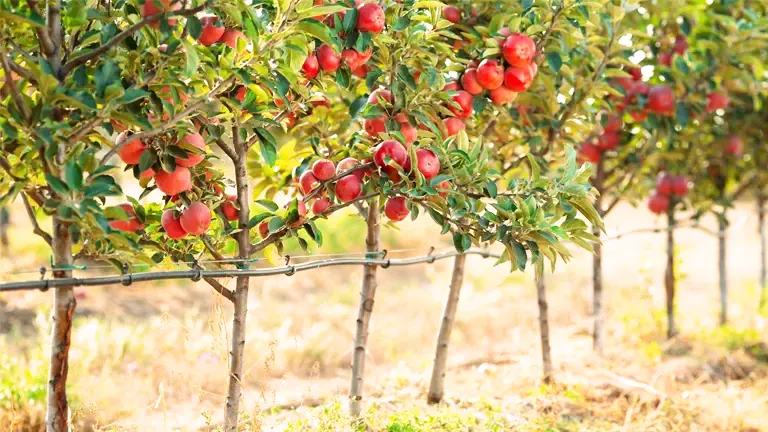
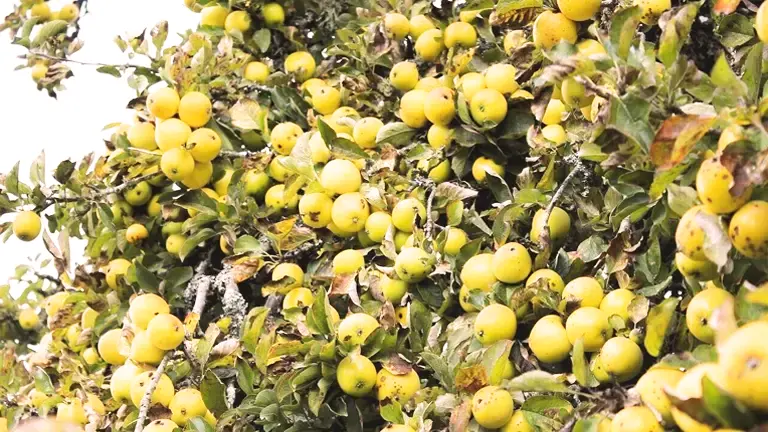
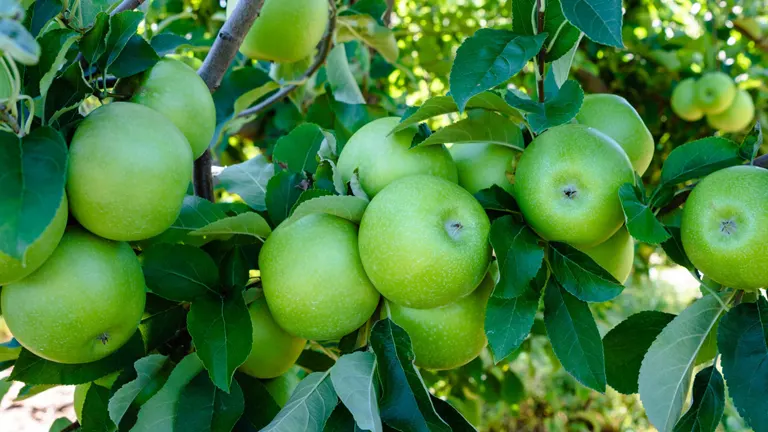
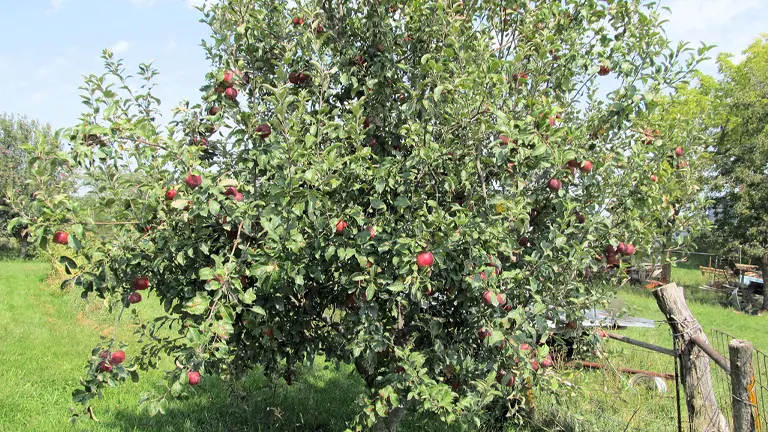
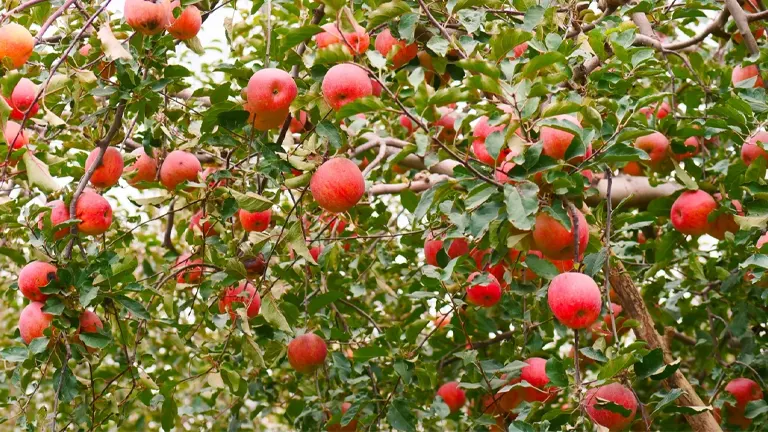


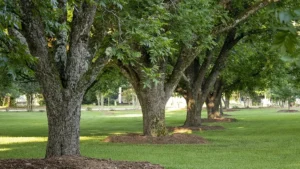
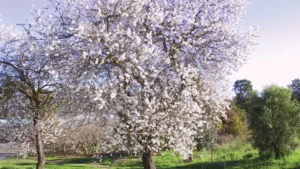
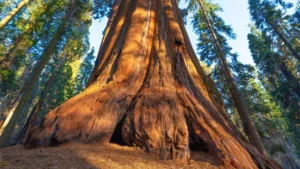

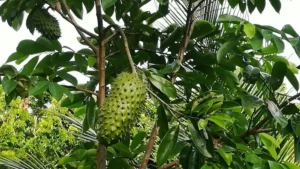


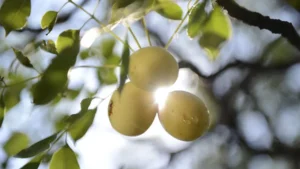
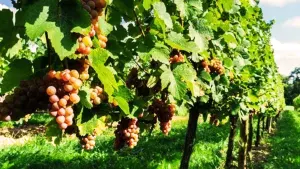
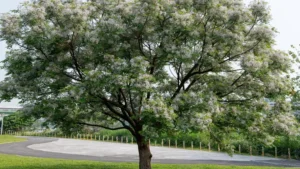
Leave your comment